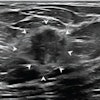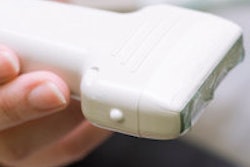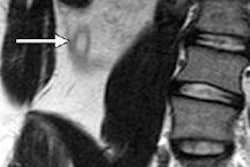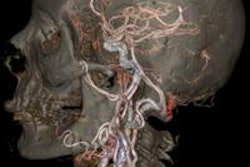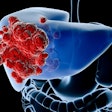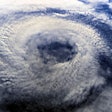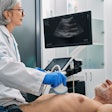Using ultrasound as the first diagnostic imaging technique to detect appendicitis in children produces comparable outcomes with using CT and does not increase hospital length of stay, according to new research.
Investigators at the Children's Hospital at Montefiore (CHAM) conducted a retrospective study examining the efficacy of using ultrasound to diagnose suspected appendicitis in children compared with the standard approach of using CT, and published their findings in the December issue of the American Journal of Roentgenology (Vol. 201:6, pp. 1348-1352).
"As more people become aware of the risks of medical radiation, there are increasing efforts to utilize nonradiation-emitting imaging techniques as a first approach to diagnosis," said study author Dr. Jessica Kurian, an attending radiologist in the division of pediatric radiology at CHAM and an assistant professor at Albert Einstein College of Medicine of Yeshiva University. "Our research shows that using ultrasound first in the evaluation of appendicitis commonly produces actionable results and should be considered more frequently as clinicians try to limit medical radiation exposure in children."
Collaboration between radiologists and clinicians in pediatric surgery and emergency medicine increased the use of ultrasound as the first imaging option from 33% at the beginning of the study to almost 90% by the study's end. At the same time, the use of a CT scan as the first and only diagnostic test decreased from 43% to less than 10% by the study's end.
The percentage of patients who received ultrasound first significantly increased without affecting the median hospital length of stay, which remained consistent, according to Kurian.
"These findings support the use of ultrasound in helping to reduce radiation exposure in kids and suggest this approach could be applied in the diagnosis of other conditions to minimize the cumulative radiation dose a child is exposed to over the course of a lifetime," Kurian added.
Clinicians at CHAM have started to raise awareness for radiation protection and lower CT scan radiation dose in the imaging of children.



